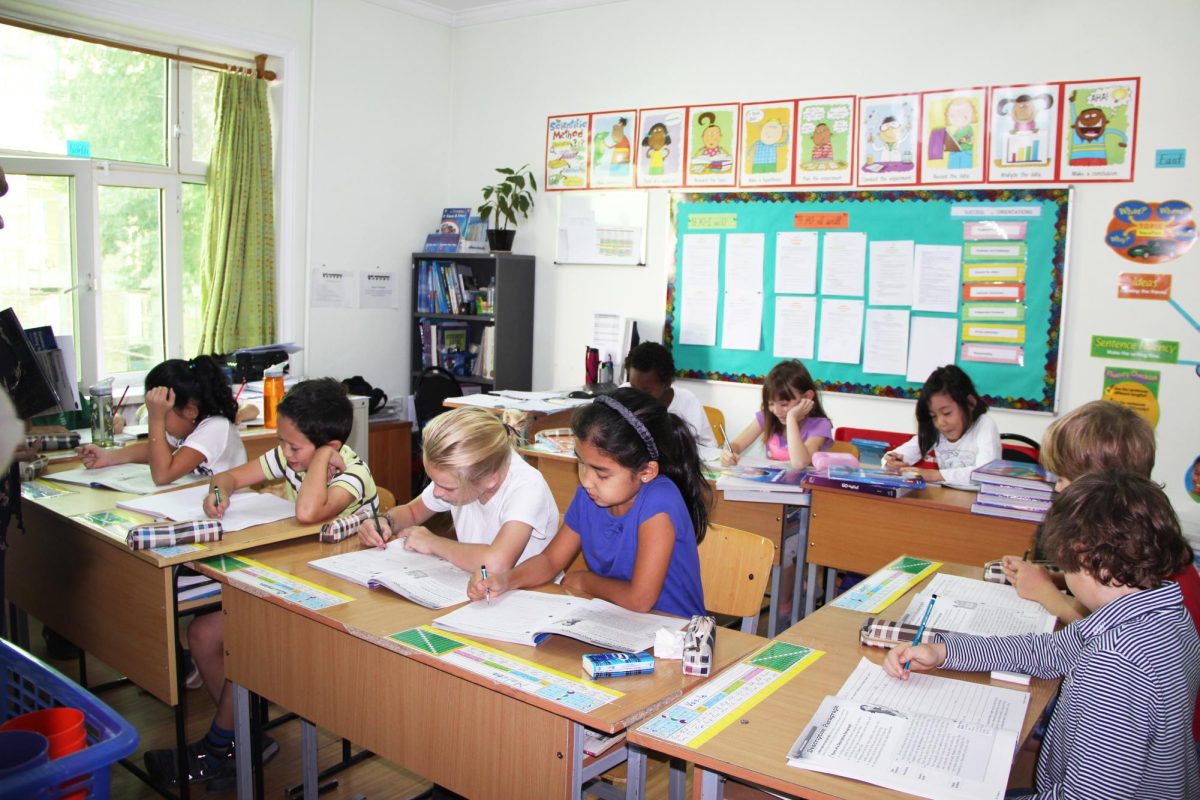Standardized testing is far from a perfect metric to measure a student’s ability. A student’s score can be easily influenced by factors which a test fails to take into account, such as how much sleep that student got the night prior, or if that student ate that morning.
However, due to grading systems varying from one school district to another, it is the most objective way to assess education on a national level. What these tests show is that kids today are miles behind where they should be.
The National Assessment of Educational Progress (NAEP), which is essentially the report card for the nation, has found that the level of proficiency in nearly all subjects has declined increasingly since 2014.
In 2022, the NAEP reported that only 20% of eighth-graders were proficient in civics. Even worse, only a meager 13% of eighth-graders met the standard for proficiency in United States History.
The proficiency levels in English Language Arts and Mathematics, arguably the two most important subjects in school, were not much better. Among fourth-graders, 33% of them could read and write on grade-level. Math was slightly better for the fourth graders with 36% being able to perform grade-level numerics.
Eighth-graders didn’t fare as well in both subjects as their fourth-grade counterparts. 31% and 26% were proficient in English Language Arts and Mathematics respectively.
Despite standardized testing showing that students are clearly below grade level, their grades do not reflect the same sentiment. In California, 73% of eleventh graders have a C or higher in math class, but only 19% met grade-level standards on a recent standardized test. This issue is not isolated to California, nearly every state across the country is feeling this inconsistency.
What is the cause of this vast discrepancy?
The obvious answer, that nearly everyone will point to, would be the pandemic. And this is true. The pandemic has left an everlasting impact on the students who were caught in its clutches and forced to learn through a screen.
Tom Kane, director of the Center For Education Policy Research at the Harvard Graduate School of Education, and Sean Reardon, a sociologist and education professor at Stanford, conducted a study exploring how far behind the pandemic has left students.
The study concluded that students trailed nearly every subject due to the pandemic, but most significantly in math and reading. By the spring of 2022, the average American student was behind by half a year in math and a third in reading.
The degree to which a student was affected by the pandemic also depended on their background. Students from low-income districts that were predominantly minority experienced more of a negative impact than those from more affluent areas.
After the pandemic had concluded, districts were left on their own to determine how to catch their students back up. Reardon described it as “13,000 school districts do…13,000 different things.”
Clearly, the schools failed in doing so – leaving thousands of students behind.
This damage may be permanent. In their research, the two have found that “when third or fourth graders fell behind, they were still well behind into eighth grade.”
But the pandemic cannot be the sole contributor to the decline in students’ test scores. The NAEP has been reporting decreasing proficiency levels for over a decade now – well before the pandemic.
The next big culprit is technology. The Program for International Student Assessment, an organization that evaluates math, reading, and science skills in 80 countries around the globe, has found a link between phone usage and declining academic performance.
The international organization reported that students with a high percentage of phone usage were more likely to be a distraction to themselves and others in class. In general, those who used their phone more did worse in the classroom.
These two factors combined are the largest causes of students’ diminishing levels of proficiency in the United States. Kids aren’t getting inherently dumber, the education system is failing to get these students where they need to be.









Joe • Sep 12, 2024 at 2:55 PM
I hate believing this is true. But as a former not great student, whose been teaching for 17 years, its remarkable. The honors kids are really grade level.